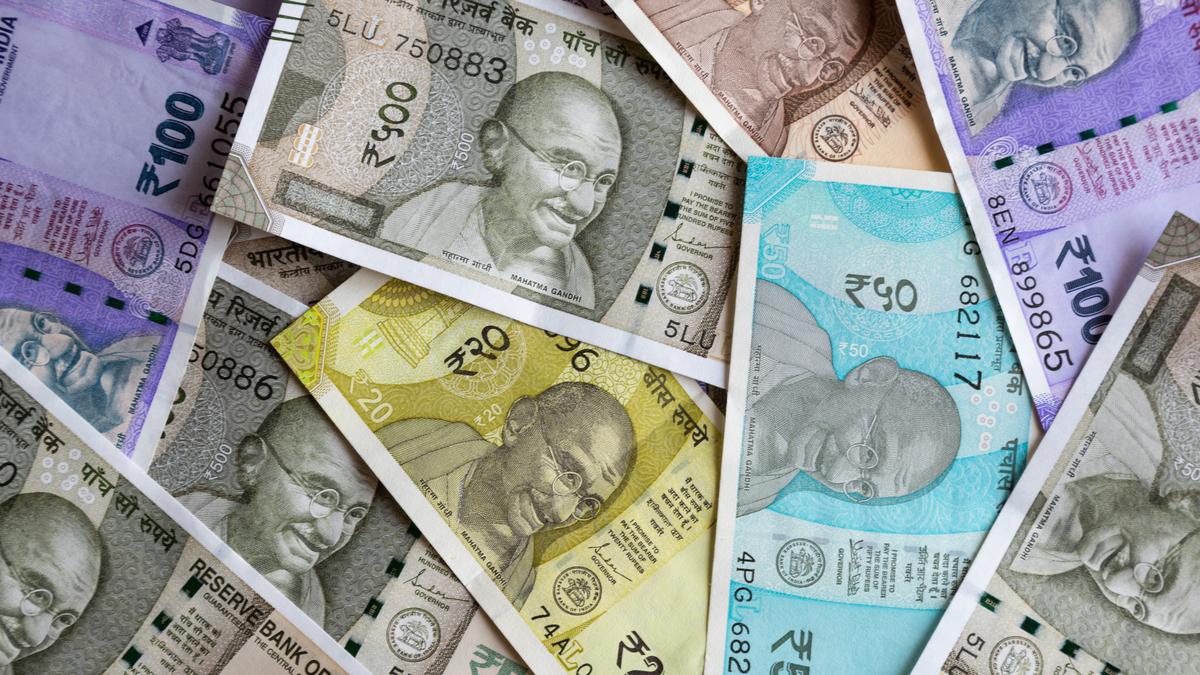Brent crude futures edged up, trading 0.28% higher at $63.69 per barrel. The modest gain reflects a market balancing supply signals and demand expectations as traders weigh economic data and geopolitical developments.
Market snapshot
The small uptick in Brent suggests cautious optimism among oil traders. Futures movements often respond quickly to shifts in global growth forecasts, inventory reports, and OPEC+ policy signals.
Key drivers
- Supply factors: Any production adjustments by major exporters can tighten or ease markets and influence prices.
- Demand outlook: Economic data, especially from large consumers, shapes expectations for fuel consumption.
- Currency and macro trends: A stronger U.S. dollar can weigh on oil, while softer dollar conditions typically support higher oil prices.
- Geopolitical risks: Regional tensions or disruptions to shipping and production can push prices up quickly.
What traders are watching next
- Weekly inventory reports to gauge how supply matches demand.
- Statements or decisions from major oil producers about output.
- Economic releases that could alter demand forecasts, such as manufacturing or travel data.
Why it matters
Even modest moves in Brent crude affect a wide range of stakeholders. Energy companies use price signals for planning production and investment. Businesses and consumers feel the impact through fuel and transportation costs. Investors monitor oil as part of broader commodity and inflation trends.
Short-term outlook
With Brent near $63.69 per barrel, the market appears balanced but vigilant. Prices could swing on fresh data or policy moves, so traders and businesses should stay alert to evolving supply and demand cues.
